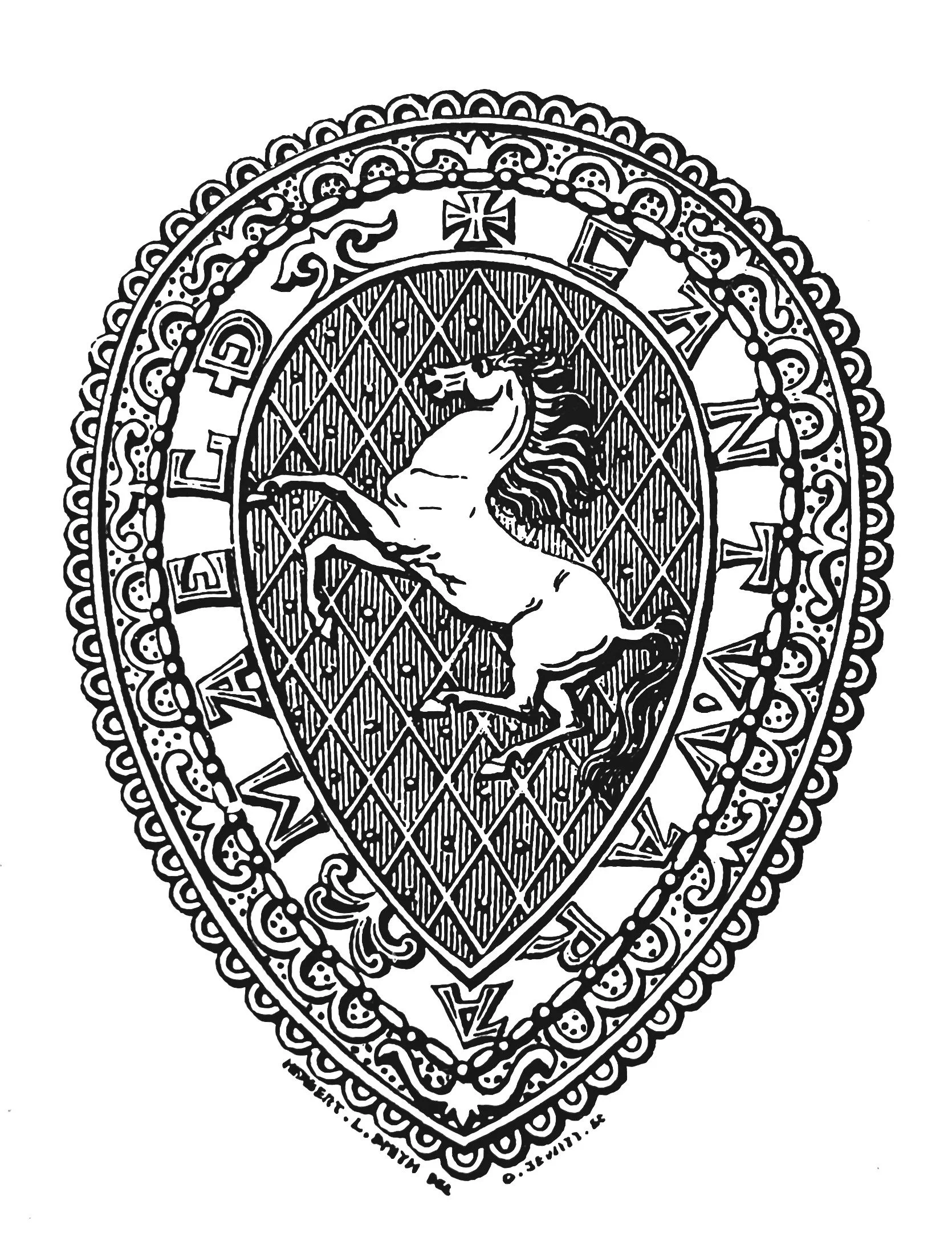
KAS Newsletter, Issue 18, Spring 1991
Woolwich's historic kiln move, Dartford excavations, archaeologists' health, and updates on Kent's archaeological scene.
Contributions to the next issue are welcome. See the guidance for contributors and contact Editor Craig Campbell.
Search page
Search within this page here, search the collection page or search the website.
Previous
Previous
Volunteers Wanted
Next
Next

